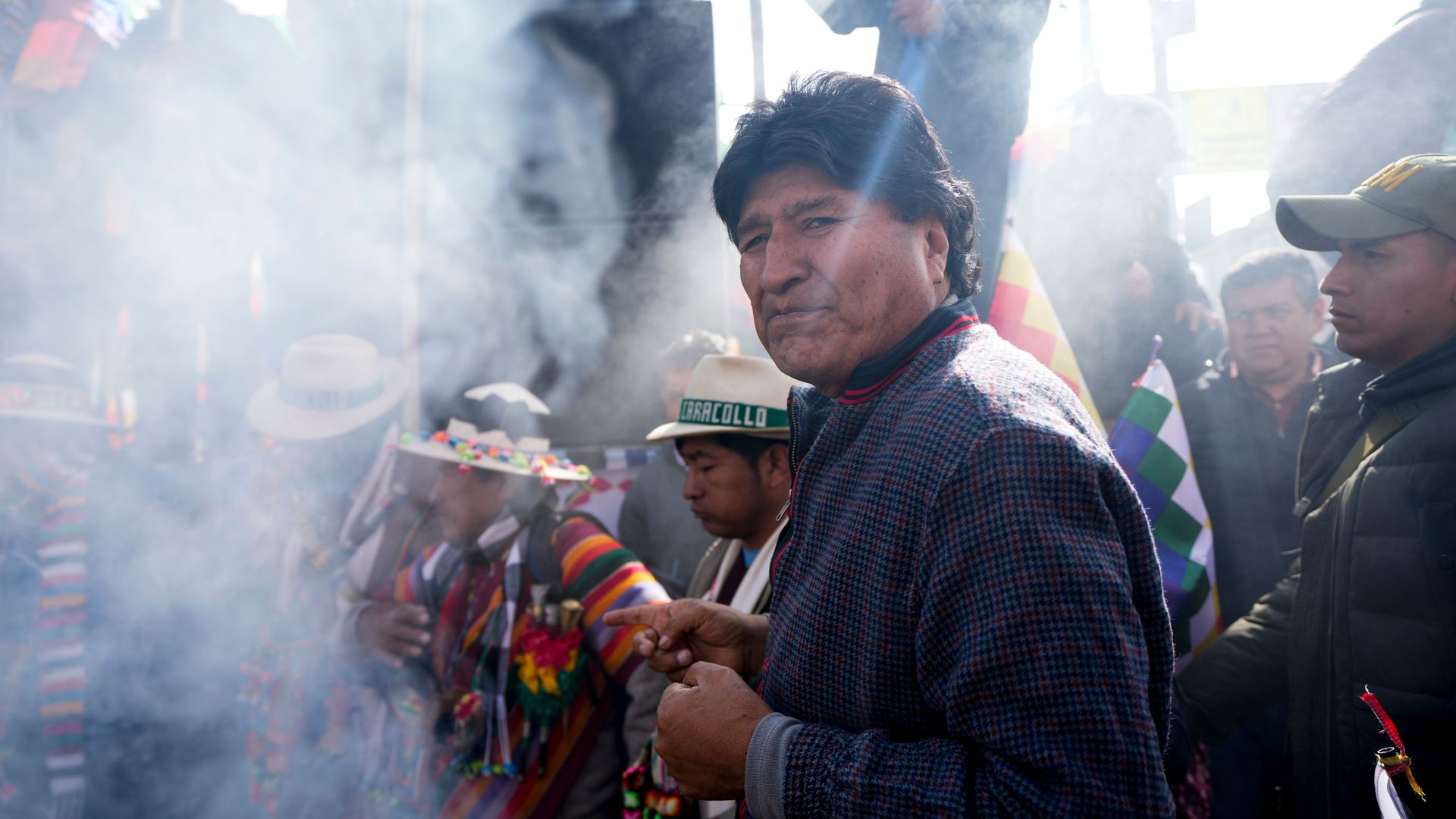
The BDN Opinion section operates independently and does not set newsroom policies or contribute to reporting or editing articles elsewhere in the newspaper or on bangordailynews.com.
Lacina Onco is a citizen of the Shinnecock Indian Nation of Long Island, New York, and the Kiowa Tribe of Oklahoma. This column was produced by Progressive Perspectives, which is run by The Progressive magazine and distributed by Tribune News Service.
As a student borrower, I’ve experienced a flood of emotions since hearing President Joe Biden’s announcement about federal student loan relief. This is an enormously welcome surprise. I’m among the 60 percent of all federal student loan borrowers who were Pell Grant recipients and will receive a $20,000 reprieve. But that joy is tempered by the reminder that I’ll still be saddled with $60,000 left to pay.
As the cost of higher education continues to grow, debt that large is all too common for members of communities like mine. I’m a proud citizen of both the Shinnecock Indian Nation of Long Island, New York, and the Kiowa Tribe of Oklahoma. The federal government has historically failed to honor its treaty obligations to tribal communities like ours, much less make deep investments in our education.
So for the majority of us, the only way to get a college education is to take on debt — 76 percent of us take out student loans to attend college. We also have the costliest monthly repayments.
I was raised on a small reservation. My father had only a middle-school education. But my mother, who was in the first generation of her family to attend college, made sure my siblings and I understood that the pathway to a better life for ourselves and our community was a college education.
As a Native woman, I carry the privilege and responsibility of improving the lives of my family, my extended kin and my tribe. So I took on the debt, went to college and earned a master’s degree in social work.
I did this because I felt called to service work that would benefit my people. Unfortunately, I’ve learned this kind of employment doesn’t pay remotely enough to afford my student loan payments. But I’ve pursued a career in social work anyway in order to support my community.
So to learn my debt burden will now drop by $20,000 is incredible. It’s not nearly enough, but it gives me some breathing room to live and work and help my community. Of course, I’m not the only one who benefits: Around 90 percent of the relief benefits will go to lower and middle-income borrowers, with the most relief headed to those most in need — including communities of color and working families of all races.
Biden’s student debt relief program costs just a fraction of what the GOP tax cuts for the wealthy cost us. In fact, the cost of the program just about equals the revenues raised by the corporate tax reforms in the recently passed Inflation Reduction Act.
Taxing the extremely wealthy and corporations more fairly to pay for student debt relief is an important step toward equity, but it still leaves borrowers like me with plenty left to pay. And it doesn’t address the underlying problem: our fundamentally unjust debt-for-diploma higher education system.
For real equity, we must eliminate the need for student debt altogether by pushing to make all public higher education free. For that, we’ll need to make our voices heard at the ballot box and in our lawmakers’ inboxes.
We are all stronger when we can all afford an education and the ability to help ourselves, our families and our communities.










